
They found a sinkhole full of bison bones when they were building I-90 in Wyoming. They called in the archeologists and learned it was a “buffalo jump” where from around 1500 – 1800 native hunters drove buffalo off a cliff so that they could easily slaughter them. So they moved the highway a little and established a historical study archeologists from the University of Wyoming have been studying ever since.
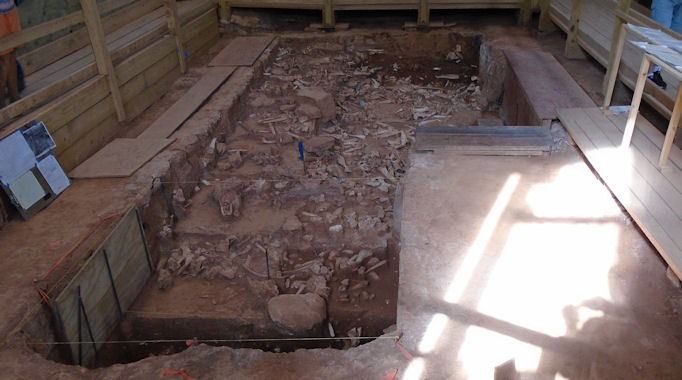
Before the Spanish introduced the horse into North America, life on the plains was hard. There is a lot of distance to cover on foot. The natives hunted bison, but could not hope to run them down. They could stampede them over a cliff, hence the buffalo jump. They stopped using the jumps around 1800 because that is the time when plains Indians started to really use horses. They could now hunt bison from horseback. Horses transformed life on the plains in many ways.
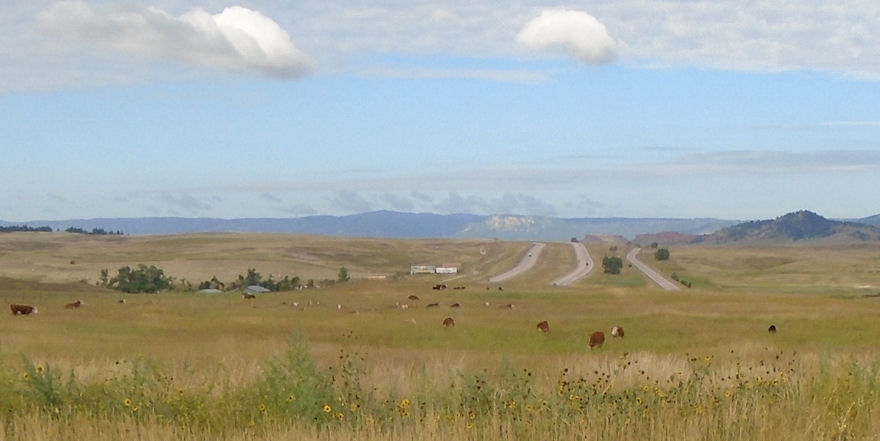
The tribes that learned to use horses had a big military advantage over those that did not and the horse people used their new mobility to carry out aggressive war against their neighbors – think the Huns or the Mongols. The societies Euro-Americans found when they came to the plains were completely different from what they would have found a couple centuries earlier and very new. I always think it is funny when we get maps of the “original” locations of tribes.
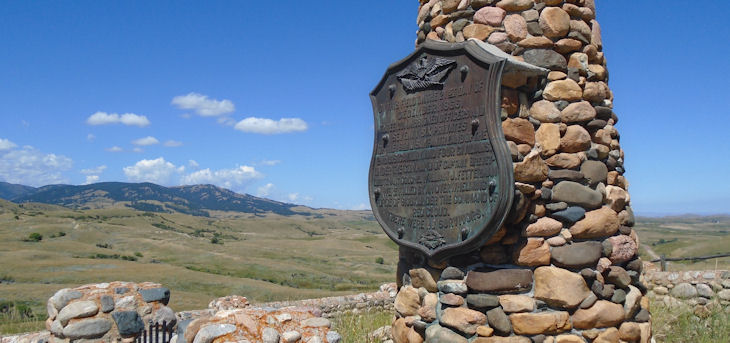
But when we think of Indian wars, we usually are not referring to the natives fighting each other, although that was constant. We are thinking of the cavalry, the cowboys & Indians. I-90 follows the old Bozeman trail where a lot of the action in the plains wars happened. Near the highway, for example, is the location of Fort Phil Kearny and the Fetterman massacre. Fort Phil Kearny was built to protect wagon trains on the Bozeman trail.
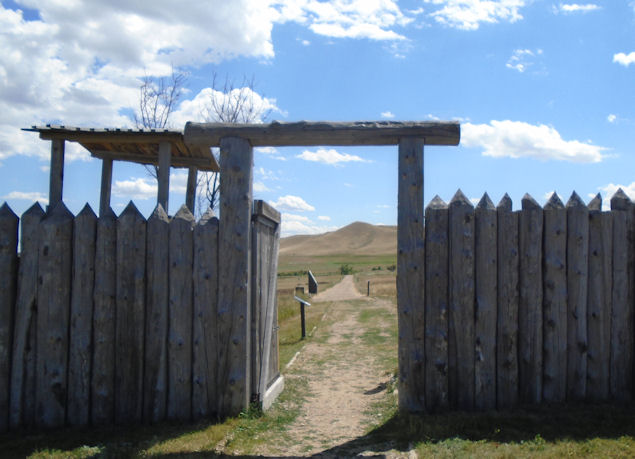
The native Sioux, Northern Cheyenne and Arapaho were unenthusiastic about the trail through their lands and the fort that protected it. They harassed the fort and on December 21, 1866 lured William J. Fetterman and 80 of his men into a trap. He thought he was chasing a few raiders and ran into more than 1000 warriors. It was the worst defeat of U.S. Army by native forces until the Custer massacre ten years later.
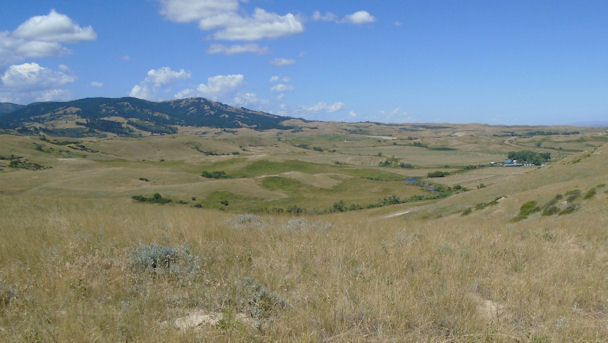
It seems like it would be hard to hide on the plains, but when I was walking around the Fetterman site, I noticed how things are just hard to see in the folds & contours. It is also hard to estimate distance. In other words, I can understand how those cavalry guys got tricked. Most were young men (the average age was 23). Some were Civil War veterans, but fighting conditions were really different in that war and in the East.

We were extremely lucky with the weather. There were big storms all around us, but we only saw it in the distance. It was an interesting picture, as you see above.
